27 F. high temperature in the Twin Cities Friday.
25 F. average high on January 30.
28 F. high on January 30, 2014.
Trace of snow on the ground at MSP.
January 30, 1893: The temperature dropped 40 degrees in five hours during a blizzard at Park Rapids.
Pet Peeves
Being
blamed for another meteorologist's lousy forecast. TV news directors
insisting that 1 inch of snow - in Minnesota - is "breaking news".
Dealing with "I wish I could be wrong half the time and still get paid!"
Maybe
it's the advanced technology which fosters the impression that we
should be dead-on accurate 100 percent of the time. Some people have
unrealistic expectations. We are predicting the FUTURE, and we have a
better track record than stock brokers, economists, CIA analysts... and
palm readers.
A favorite meteorology professor was convinced that
predicting snow down to the inch was a fool's game. He's the one who
came up with the nuisance-plowable-crippling scale, which I used at
KARE-11, starting in the early 80s. I think it's still the most honest
way to set expectations when it comes to snow.
The same storm
capable of 4 to 8 inches for Chicago may brush MSP with a couple inches
of powder Sunday morning (potentially plowable south - just a nuisance
snow northern suburbs).
Each model run gets milder for next week -
the ECMWF is now hinting we may stay above zero, with 40s wafting into
town next weekend.
My outlook may be prescient - or just plain reckless: the worst of winter is probably behind us now.
Sunday Snow Event.
Latest runs take accumulating snow south of the Twin Cities, a
potentially plowable snowfall for far southern counties, including
Rochester, Austin and Albert Lea. A coating is still possible at MSP,
maybe 6-10" coating for Chicago, closer to 8" at Des Moines, Detroit,
Toledo and Cleveland, where near-blizzard conditions are possible during
the day Sunday. Map: Aeris Weather.
More Snow For Northeast Monday.
It won't be 20-30" for Boston, but the 4 km NAM model from NOAA is
hinting at 8" for New York City (which really means 2"), a swath of
plowable snow from Buffalo and Rochester to Albany - as much as 16-18"
for coastal Maine?
BPI: Blizzard Potential Index.
Our in-house models show near-blizzard conditions near Chicago by 1m
Sunday, pushing toward Fort Wayne and South Bend, reaching Toledo and
Cleveland by evening.
Big Temperature Swings.
We are due for a correction, and it's coming, although it doesn't look
nearly as cold for next week as it did a few days ago. European model
guidance above shows a few days in the teens, starting Sunday, another
cold wave arriving Wednesday and Thursday with suburban lows near 0. But
models show a spike into the 40s next weekend as Pacific air comes
flooding back into Minnesota.
Mid-February: Modified Pacific Flow.
GFS guidance shows a massive cut-off low centered near Louisville by
Friday evening, February 13; the pattern favoring rain for California
with a relatively mild, Pacific flow for much of the USA and southern
Canada - any frigid air relegated from Alaska to Greenland.
Driest January Since 2008. Here's a clip from Dr. Mark Seeley's latest installment of
Minnesota WeatherTalk: "..
.Most
observers reported a drier than normal month of January. In fact a
number of locations reported less than half of normal precipitation. On
a statewide basis it was the driest January since that of 2008. For
most climate stations the monthly total snowfall was very sparse. Only a
few northern Minnesota locations reported near normal or above normal
snowfall for the month..."
Urban Heatwaves Getting Worse, Study Confirms.
Yahoo News has the story - here's an excerpt: "
Urban
heatwaves have become more frequent over the last 40 years, scientists
reported on Friday. A weather database of cities around the world
reveals "significant" increases in periods of extremely hot days and
falls in the number of cold days, they found. Previous research found
that, in the four decades covered in the study, man-made global warming
stepped up a gear. But, in urban heatwaves, additional factors can play a
role, the authors cautioned..."
The Gathering Storm.
Could air pollution in Asia be strengthening storms thousands of miles
downwind over the USA? Here's an excerpt of an eye-opening story at
onEarth: "
Increasingly
intense storms in the United States might have an unexpected origin:
Asian air pollution. Researchers from NASA’s Jet Propulsion Laboratory have found
that aerosols from across the Pacific strengthen extratropical
cyclones—a type of storm system that drives much of our country's
weather. Asia is home to the world's 20 most polluted cities, but that dirty air doesn’t stay put, as the above animation of aerosol emissions shows..."
Poll Shows Giant Gap Between What Public, Scientists Think. In the end this comes down to education and science literacy, according to a story at
AP; here's an excerpt: "...
The
American public and U.S. scientists are light-years apart on science
issues. And 98 percent of surveyed scientists say it's a problem that we
don't know what they're talking about. Scientists are far less worried
about genetically modified food, pesticide use and nuclear power than is
the general public, according to matching polls of both the general
public and the country's largest general science organization.
Scientists were more certain that global warming is caused by man,
evolution is real, overpopulation is a danger and mandatory vaccination
against childhood diseases is needed..."
All Sports Everything.
The Verge
takes a look behind the scenes at ESPN, and how it is transitioning
beyond live, linear television into social media and multiple platforms,
simultaneously. Here's a clip of a fascinating story: "...
By any measure – it’s the most popular cable channel by a mile; it commands a per-subscriber fee from cable companies equal to the next five most expensive combined; it’s valued at more than $50 billion,
13 times as much as Disney-owned ABC — ESPN is the country’s most
powerful media company. The calculus is as simple as it is devastatingly
effective: sports is practically the only TV that millions of people still insist on watching live, and ESPN owns almost all the sports...."
TODAY: Sunny start, clouds increase Winds: N 10. High: 29
SATURDAY NIGHT: Clouds lower and thicken, light snow late. Low: 12
SUNDAY: 1-2" snow possible at MSP during the morning? More far southern MN. High: 15
MONDAY: Partly sunny and brisk. Wake-up: 7. High: 16
TUESDAY: Light snow or flurries. Wake-up: 10. High: 24
WEDNESDAY: Sunny, arctic breeze kicks in. Wake-up: 9. High: 12
THURSDAY: Numb, but at least the sun's out. Wake-up: 3. High: 14
FRIDAY: Mostly cloudy, quick rebound. Wake-up: 9. High: 29
* ECMWF (European) guidance is hinting at 30s, possibly 40s next weekend.
Climate Stories...
Does Global Warming Mean More or Less Snow? Climate scientist Kevin Trenberth pens an article for
The Conversation in the wake of this week's New England blizzard; here's a clip: "...
By
contrast, the heaviest snowfalls occur with surface temperatures from
about 28°F to 32°F – just below the freezing point. Of course, once it
gets much above freezing point, the snow turns to rain. So there is a
“Goldilocks” set of conditions that are just right to result in a super
snow storm. And these conditions are becoming more likely in mid-winter
because of human-induced climate change..." (Image: NOAA/NASA).
Storms Like U.S. Blizzard May Get Stronger But Less Frequent: Study.
Reuters has the details of new research; here's the introduction: "
Large
storms like the blizzard that battered New England this week may become
more severe but less frequent as the Earth's climate changes,
scientists said on Thursday.
The Canadian-led study noted that warmer air can hold more moisture,
meaning more fuel for rain, hail or snow, and found knock-on effects on
how the atmosphere generates storms..."
Extreme Thunderstorms Might Be Making Climate Change Worse.
VICE News has an interesting article; here's the intro: "
Scientists
watching a Midwestern thunderstorm discovered it sucking a river of
ozone from high in the sky and dumping it in the lower atmosphere, a
find that may require them to tweak some computer models that simulate
the impacts of climate change. While ozone acts as a shield against
ultraviolet radiation when it's in the upper reaches of the atmosphere,
it's a source of pollution and a heat-trapping greenhouse gas when it's
near the Earth's surface..."
Climate Change Is Altering The Global Heat Engine.
Fewer storms, longer periods between precipitation, but when it does
rain (or snow) amounts are more extreme. This dovetails with recent
research from the University of Minnesota finding similar trends. Here's
the intro to a story at
Smithsonian Magazine: "
Climate scientists have been warning for a while that as the planet heats up, storms will become fewer but stronger.
This trend has been seen in a variety of historical data tracking wind
speed, rain and snow over the past century or so. Now a team of
researchers has figured out why, and the explanation is firmly rooted in
atmospheric thermodynamics. Global warming is intensifying the world’s
water cycle, and that drains energy from the air circulation that drives
stormy weather, say Frederic Laliberté of the University of Toronto and his colleagues..."
Most Americans Support Government Action on Climate Change, Poll Finds. Here's an excerpt of a
New York Times article and poll result that made me do a double-take: "...
Among
Republicans, 48 percent said they are more likely to vote for a
candidate who supports fighting climate change, a result that Jon A.
Krosnick, a professor of political science at Stanford University and an
author of the survey, called "the most powerful finding" in the poll.
Many Republican candidates either question the science of climate change
or do not publicly address the issue..."
U.S. Among Most Vulnerable To Climate Change Risks. Is extreme weather a drag on your company's supply chain?
CFO Magazine has the story - here's a snippet: "...
However,
it is concerning that many suppliers are making “either marginal or no
improvements” in developing sustainable supply chains that could better
weather climate risks and other natural disasters, said Gary Hanifan,
managing director, Accenture Strategy. In the United States in
particular, the report found that emission disclosure rates remain low
and “the percentage reporting CO2 reductions and monetary savings is
below average. … More suppliers are setting emissions targets, but the
2014 percentage — of 37% — remains below the global average of 48%...”
Are Climate Models Really Reliable? Deutsche Welle has the story; here's an excerpt: "...
In
science, arguing is important and even proper, calling into question
man-made models and calculations. Jochem Marotzke, director at the Max
Planck Institute for Meteorology in Hamburg, doesn't see it differently.
Discussions belong in his area of expertise - and, perhaps, all the
more because his research has political consequences. Climate models
serve not only aesthetic purposes. They also let heads of state
negotiate with each other, make environmentalists take to the roads and
cause entire industries to tremble..."
Attention Sunday Shows: Here Are 5 Republicans Who Won't Lie To Your Viewers About Climate Change. Here's a clip from a story at
Mother Jones: "...
Fortunately—thanks to Schatz—TV bookers now have a handy list of GOP senators
who acknowledge the scientific facts surrounding climate change and
who, presumably, can participate in an intelligent discussion of what
should actually be done about the problem. Last week, Schatz introduced
legislation declaring it the "sense of Congress" that climate change is real
and that human activity contributes significantly to it. Five
Republicans voted in favor of Schatz's amendment: Lamar Alexander
(Tenn.), Kelly Ayotte (N.H.), Susan Collins (Maine), Lindsey Graham
(S.C.), and Mark Kirk (Ill.). The other 49 voted no..."
The U.S. Is A Country Divided By Seasons and Warming. The rate of warming is fastest in winter, when we are probably least equipped to register the trends.
Scientific American has a fascinating story; here's an excerpt: "...
While
winter is the fastest-warming season in most states, spring and fall
are making strides in this dubious race, particularly in the western
part of the country. And then there’s the Lone Star state, which stands
alone as the only state where summer is warming the fastest. Don’t mess
with Texas. The one thing that unites the country is that each and every
season has been warming since 1970 nationally and that the rate of
warming has accelerated compared to the past. In summer, the Lower 48
has warmed by 0.4°F per decade. In the winter, the U.S. average temperature has risen by about 0.6°F per decade..."
Even With Global Warming, It Still Snows.
If it gets to the point where it's too warm for snow, even at far
northern latitudes, there won't be any homo sapiens around to notice.
Here's an excerpt of an Op-Ed at
Rock Hill Herald Online: "...
And
as for that business about how can we have blizzards when the climate
is warming, there’s a reasonable explanation for that, too. In fact,
global warming could increase the number of severe weather events such
as blizzards, droughts and hurricanes. Even if the overall amount of
snowfall in a year remains about the same, we are more likely to get
more intense storms that dump more snow on us all at once.
Climatologists note that warmer air masses – mostly those produced by
warming ocean waters – can hold more moisture. When those air masses
collide with frigid Arctic air, we get storms, including blizzards,
which can be more powerful because of more moisture in the atmosphere..."
Read more here: http://www.heraldonline.com/2015/01/29/6750313_even-with-global-warming-it-still.html?rh=1#storylink=cpy
Climate Coverage on TV Is Rising. That's Not Always A Good Thing. Vox puts things into perspective; here's an excerpt: "...
In
2014, the networks devoted 154 minutes to the subject. That's more than
the year prior, though it's still well below 2009 levels. The leaders
were CBS and NBC, with 56 and 47 minutes respectively. Fox had the least
coverage, with 19 minutes — largely because it doesn't have a nightly
news program. About 22 million people
in America still watch the evening news on ABC, NBC, or CBS, so this is
a fairly big media source, though obviously the networks don't have
anywhere near the vast reach they once did..."
Climate Models Don't Overpredict Warming, Study Shows.
The Los Angeles Times has the story; here's an excerpt: "...
A
study that combined 114 possible 15-year trends since 1900 found that
there was nothing statistically biased in the ways model-generated data
differed from actual measurements of global mean surface temperatures.
These short trends cannot predict “chaotic” fluctuations in such factors
as ocean currents, according to the study. A similar analysis of every
possible 62-year trend was much better at picking up the effects of
human activity on rising global temperatures, the study found..."
U.K. Flood Victims Less Likely To Be Climate Skeptics.
Climate change only hits home when it...hits home. And it will be
hitting home with greater frequency and ferocity in the years to come.
Here's a clip from
The Guardian: "...
A new study released today by the Understanding Risk team at Cardiff University
provides some fascinating answers to this question. In the months
following the flooding, a nationally representative survey of around
1,000 people was conducted, asking about people’s views on climate
change, on the floods, and whether they saw a link between the two. The
results were striking. Most respondents (85%) felt that flooding had
become more common, and that it would continue to get worse in the
future. At the same time, scepticism about climate change was at its
lowest for 10 years: very few people disputed the link between human
activity and climate change..."
File photo credit: AP Photo/Scott Heppell.


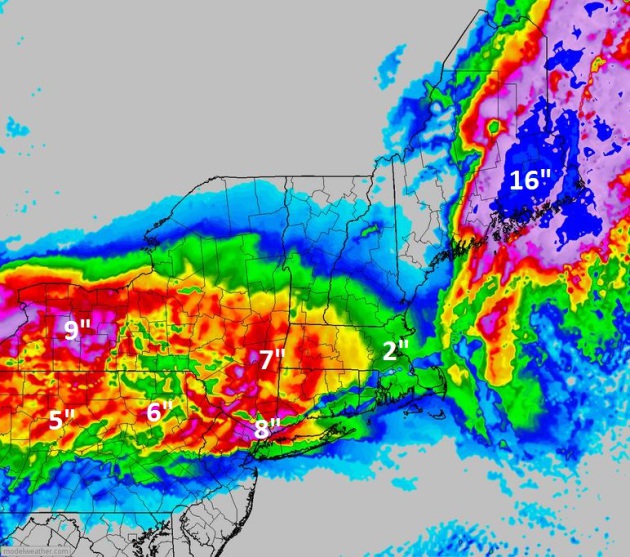
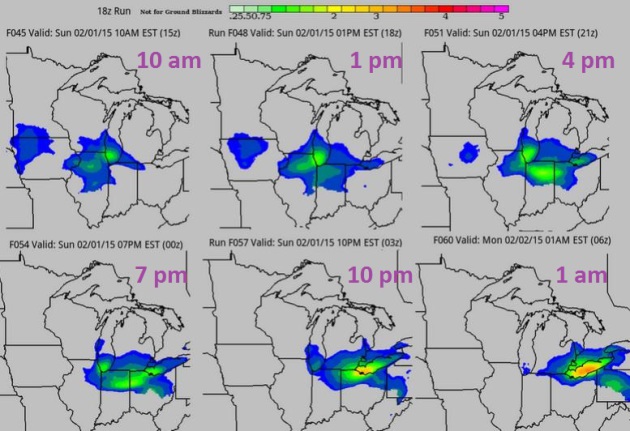

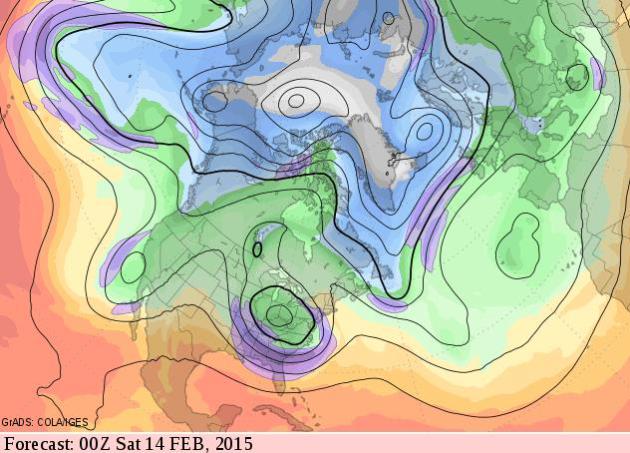



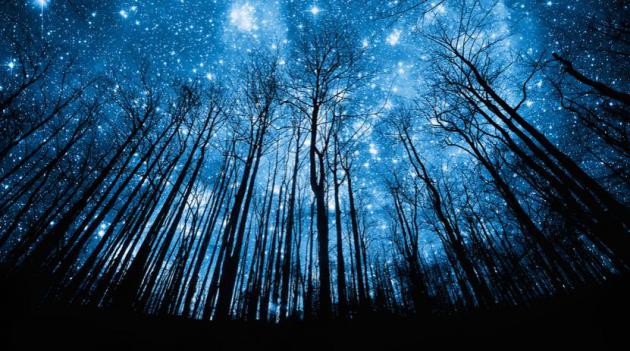


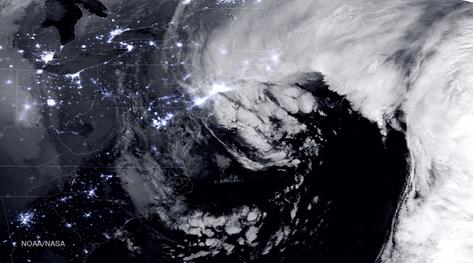
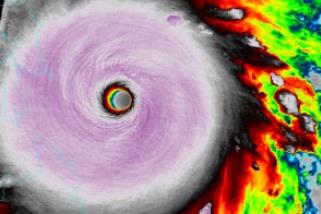
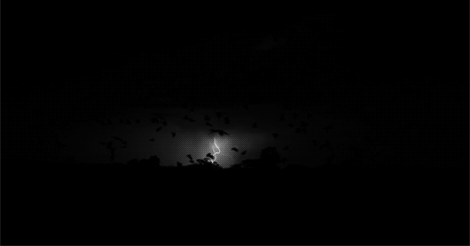

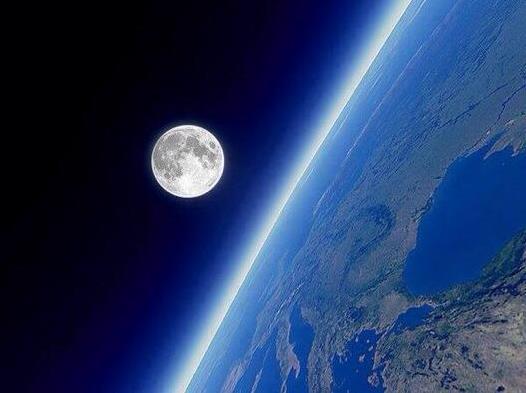



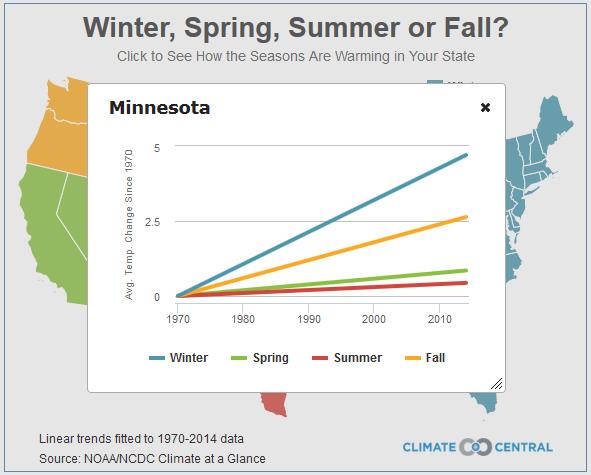
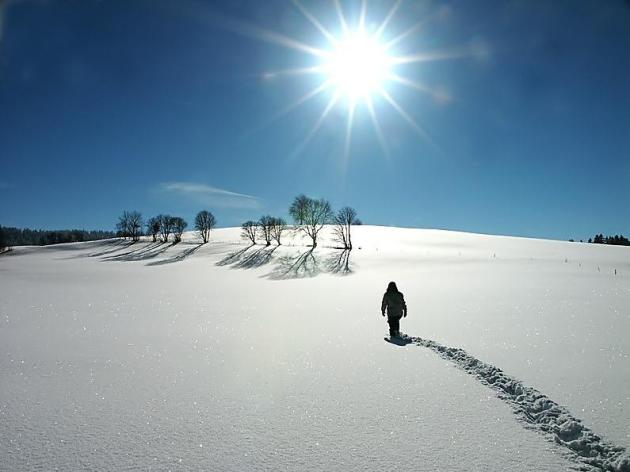
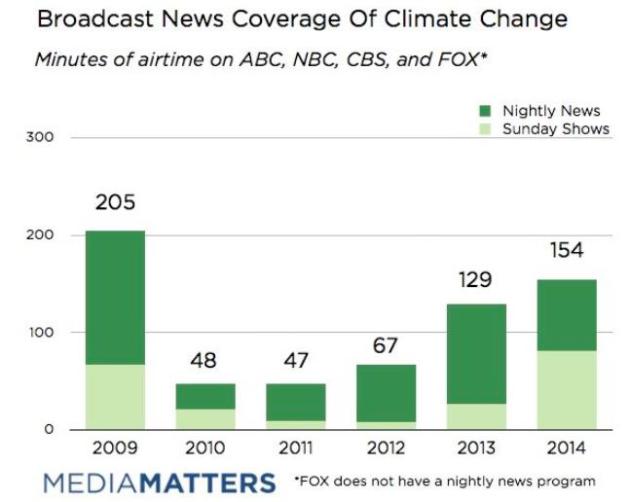

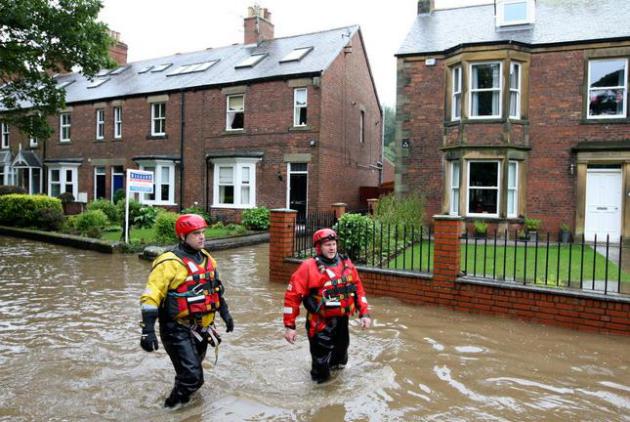
No comments:
Post a Comment